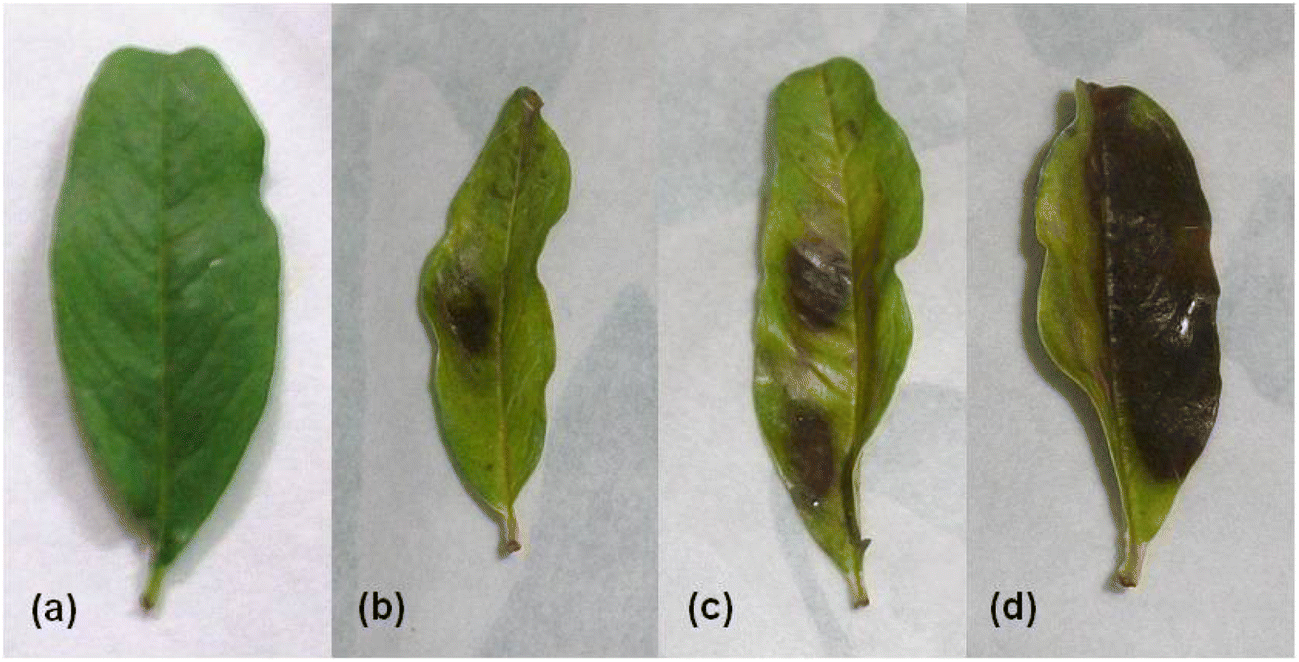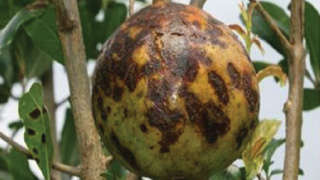
Pomegranates are produced on 7330 hectares in Pakistan, with an output of 37.6 thousand tonnes per year. The total area of pomegranate fruit production in Pakistan during 202 with annual production 49997 tons (6.97 tons/Ha) which is decreased to 9434 during 2015 with annual production 42641tons (6.76 tons/Ha). Pakistan is the 12 th largest producer of pomegranates while its cultivated area and production have been steadily declining since 2000. The edible portion of this fruit is up to 68 per cent with moisture contents (78%), phosphorus (70 mg/100g), protein contents (1.6%), calcium (10 mg/100 g), iron (0.3 mg/10g), riboflavin (0.10 mg/100g) and vitamin C (16 mg/100g of fruit weight. Apart from the table consumption of pomegranate arils, the flowers fruit rind and vegetative parts of pomegranate plants are also good source of secondary metabolites such as Phenolic, anti-oxidants, tannins, dyes, alkaloids, protein, carbohydrates, vitamins, minerals, dietary fiber, bioactive compounds and some other phyto-chemicals as compared to other fruits. It has been declared a super fruit globally due to the presence of vital compounds.

It can withstand temperatures as low as -10☌ and as high as 45☌, although the finest fruit is produced around 38☌. Pomegranates may be planted up to 1000 meters from sea level and show resistant to drought, salt, iron chlorosis, and active calcium carbonate. Turkey has the largest export share, followed by Egypt, India, and Spain. India is the world’s leading producer followed by China, Iran, Afghanistan, USA, Israel and etc. The plant was cultivated from 5000 BC documented two times in the Holy Quran with the name of Al-Ruman and extensively cultivating in Afghanistan, Iran, China, India, Turkey, Egypt, USA, Pakistan and Mediterranean countries (Spain, Morocco, Turkey, Tunisia). It is among the first five domesticated edible fruits (pomegranate, date palm, fig, olive and grapes). Pomegranate fruit plant has attracted consumers immense interest due to its health and nutritional properties. In Pakistan, fruits are being cultivated over an area of 0.77 million hectares with an annual production of 6.75 million tones. The climate of Pakistan is ideal for growing various fruits Pakistan has been blessed with immense agro-climatic conditions that favor the fabrication of a variety of Horticultural crops including various fruits like almond, apple, apricot, banana, ber, chiku, citrus, date palm, grapes, guava, litchi, loquat, mango, peaches, pomegranate, persimmon and etc. Almost all injured leaves were infected with the disease and no control of disease was observed in both the treatments.In Pakistan’s the agriculture sector playing an essential role in the economy of Pakistan, with 18.9 per cent share in GDP and providing about 42.31 per cent labor force. In this study of curative effect of micronutrient spray and humic acid drench, injury was made to five (5) leaves with sterilized needle in every concentration of all micronutrients and humic acid before spraying of bacterial blight suspension and observed the incidence of the disease. Therefore, a study was carried out to find out eco-friendly solution to mitigate the disease with the help or application of micronutrients and humic acid. The bacterium has developed resistance to commonly used fungicides and antibiotics. The disease affects all the above ground plant parts including flowers, leaves, twigs, stem buds and fruits but it is more destructive when fruits are infected. punicae is an economically important disease of pomegranate in Maharashtra.

It suffers from various diseases, amongst them bacterial blight caused by Xanthomonas axonopodis pv. It has high nutritional as well as medicinal values. Pomegranate belonging to family Punicaceae is one of the consumers’ preferable and favorite dollar earning table fruit of tropical and subtropical regions.


 0 kommentar(er)
0 kommentar(er)
